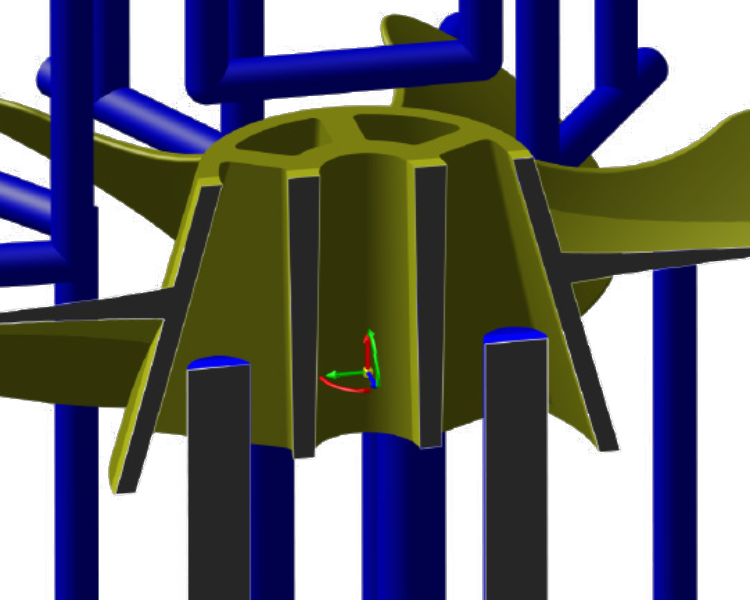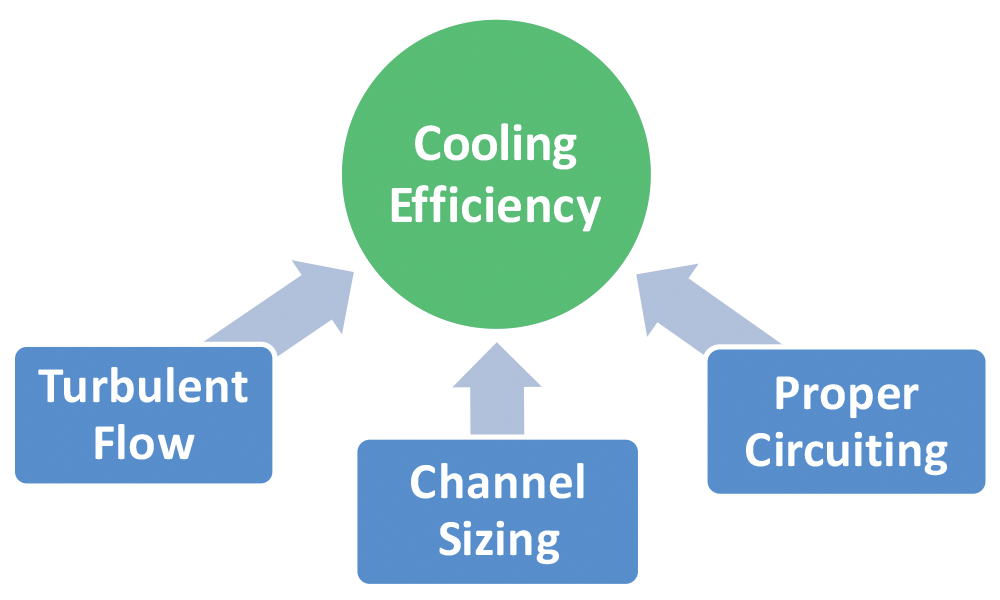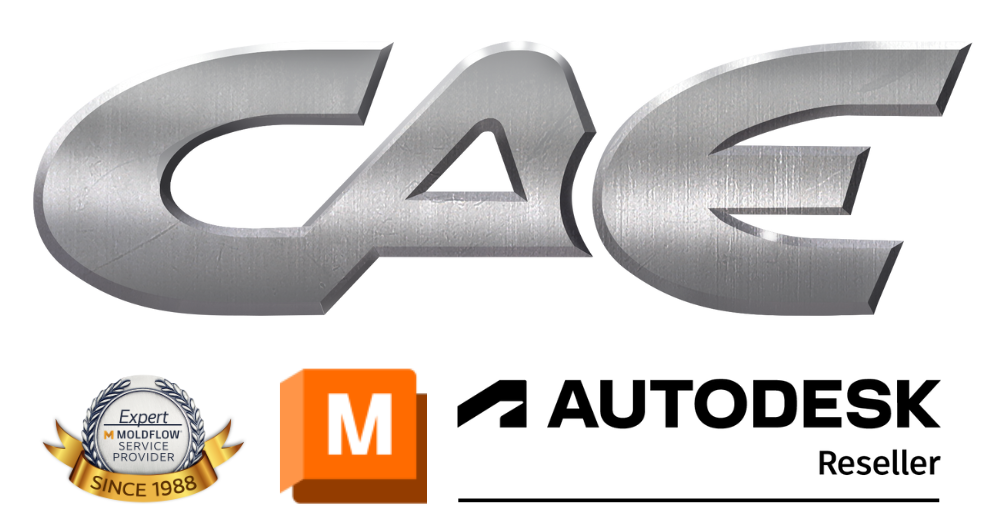
Ask The Moldflow Experts
Cooling Analysis - What's Best For You?
Ask The Moldflow Experts Webinar Topic:
Cooling Analysis - What's Best For You?
- How cooling analysis works
- What are the different types of cooling analysis that are available?

ATME - Take Away

Key Cooling Message
- The fundamentals don’t change
- How do we take advantage of them?
- There are different types of Moldflow cooling analysis
- Cooling designs shouldn’t be an afterthought
- Cooling uniformity and efficiency can be improved PROACTIVELY

Cooling Uniformity
Pitch Controls Surface Uniformity


Improving Cooling Uniformity
-
Solution 1 – Add/move water
-
Solution 2 – Higher Conductivity Inserts
-
Solution 3 – Conformal Cooling
Depth Controls Core/Cavity Differential

Conventional vs. Conformal


Conventional Cooling Design
-
Can’t get close to surfaces on deep core side pockets
-
Difficult to follow blade contours
Conformal Cooling Design
Conformal Cooling design courtesy of HTS Intl. Corp.
-
Cooling lines conform to part surface geometry
-
Able to reach deep core areas
-
Added cooling to cold sprue

Turbulent Flow Reduces Cooling Time


Three Stages of Flow - Reynolds Number

Proper Circuiting = Fewer GPM

So, What's Best for YOU?
- All Cooling Analysis = Opportunity
- Better Parts
-
Increased Profitability
- Better Parts
-
No matter what type of cooling analysis
-
Temperature Uniformity
-
Coolant Flow Efficiency
-
-
Plan ahead to have Moldflow cooling analysis done proactively
-
Have analysis done at the earliest stages of product development


Buy Software, Outsource, or Both?
-
Molders/OEMs
-
Insist on Moldflow analysis – do it yourself or use an outside source
-
Know your GPM (for each line)
-
Do the math – What does X seconds of cycle savings mean?
-
-
Part Designers
-
Avoid difficult-to-cool areas, where possible
-
Use analysis to identify those areas (Moldflow Adviser)
-
-
Moldmakers
-
Be creative and test using analysis
-
Use cooling suggestions from analysis
-

Cooling Analysis – What’s Best For You?
Ask The Moldflow Experts Webinar Topic:
Cooling Analysis – What’s Best For You?
July 27th, 2021 | 12:30 PM CDT
Having a cooling analysis on your mold isn’t hard to justify when you think about how it improves your part quality, molding efficiency and cycle times. But when it comes down to it, how do I know if the type of analysis that’s being run is the right one? Which one is best?
This webinar discussed
How cooling analysis works
What are the different types of cooling analysis that are available?
ATME – Take Away
If you are experiencing cycle time or warpage related problems:
Email Us Today!
Key Cooling Message
The fundamentals don’t change
How do we take advantage of them?
There are different types of Moldflow cooling analysis
Cooling designs shouldn’t be an afterthought
Cooling uniformity and efficiency can be improved PROACTIVELY
Cooling Uniformity
Pitch Controls Surface Uniformity
Improving Cooling Uniformity
Solution 1 – Add/move water
Solution 2 – Higher Conductivity Inserts
Solution 3 – Conformal Cooling
Depth Controls Core/Cavity Differential
Conventional vs. Conformal
Conventional Cooling Design
Can’t get close to surfaces on deep core side pockets
Difficult to follow blade contours
Conformal Cooling Design
Conformal Cooling design courtesy of HTS Intl. Corp.
Cooling lines conform to part surface geometry
Able to reach deep core areas
Added cooling to cold sprue
Turbulent Flow Reduces Cooling Time
Three Stages of Flow – Reynolds Number
Proper Circuiting = Fewer GPM
So, What’s Best for YOU?
All Cooling Analysis = Opportunity
Better Parts
Increased Profitability
No matter what type of cooling analysis
Temperature Uniformity
Coolant Flow Efficiency
Plan ahead to have Moldflow cooling analysis done proactively
Have analysis done at the earliest stages of product development
Buy Software, Outsource, or Both?
Molders/OEMs
Insist on Moldflow analysis – do it yourself or use an outside source
Know your GPM (for each line)
Do the math – What does X seconds of cycle savings mean?
Part Designers
Avoid difficult-to-cool areas, where possible
Use analysis to identify those areas (Moldflow Adviser)
Moldmakers
Be creative and test using analysis
Use cooling suggestions from analysis



























